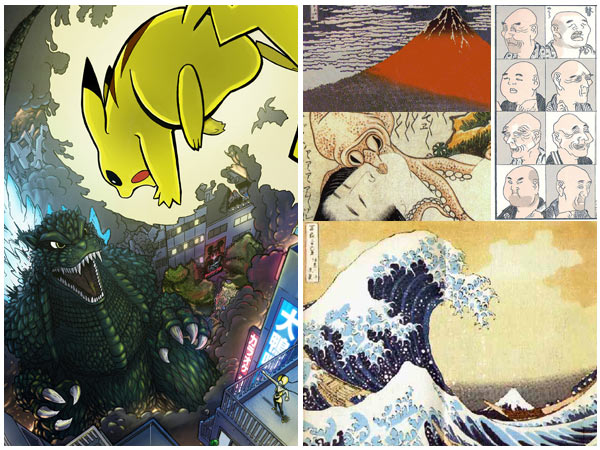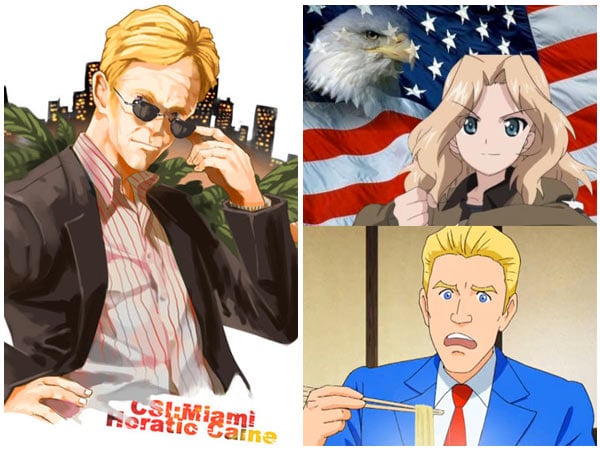
I finally found time to go see the new Godzilla movie that everyone was buzzing about a month or so ago when the film opened. This wasn’t just any movie to me, because I trace my birth as a Japan blogger back the first (awful) American Godzilla film from 1998. I went to see that film with my wife, driving 30 km to the next town over because our city didn’t have a movie theater yet. After watching the film I was so full of comments that I had to send them out to the (nascent) J-List mailing list at 3 am to get them off my chest. I wrote about the fundamental differences between the American Godzilla and the original works, how the Japanese films capture the concept of wabi and sabi, translated as “sober refinement and elegant simplicity,” the esthetic idea that a single rose blooming is more beautiful than a hundred roses, or that a single monster battling all of Japan is more beautiful than a hundred baby Godzillas running around New York (ugh). I got an enormous amount of feedback from readers asking for more commentary like that, which caused me to realize that J-List isn’t really in the business of selling bento boxes and “Looking for a Japanese girlfriend” T-shirts, but is instead all about being a bridge of ideas to Japan for people around the world. While not everyone was a fan of the new Godzilla remake, I thought it was a big improvement, telling a good story and bridging the world of monsters and humans effectively.
Manga is the name given to Japanese comic books, although most people over the age of 50 or so will use the word to describe animation as well, since the term ‘anime’ only dates back to the late 70s. This can be quite hard to get used to: for example, my mother-in-law might refer to a film like The Lion King showing on TV as a “Disney manga,” which causes my brain to rebel violently. The word manga literally means “whimsical pictures” and was coined by Edo Period ukiyo-e artist Katsushika Hokusai (1760-1849), who created essentially every famous image from that period in Japan’s history. No, really, if you’ve ever seen paintings from 19th century Japan, this guy created it, including Red Fuji and Great Wave Off Kanagawa, the famous 36 Views of Fuji, and some amazing illustrations of classical Japanese ghosts and monsters. (He created more than a few ecchi pictures called shunga or “spring pictures,” including one involving an octopus, which is NSFW.)
Although manga is often be associated with obsessive otaku culture, there really isn’t a single Japanese person who didn’t grow up reading manga, whether they’re an active fan now or not. On Sundays our rural liquor shop gets the new issues of the popular weekly manga magazines like Shonen Jump a day earlier than the large chains and convenience stores, one of the few bones thrown to small retailers in Japan. I always marvel at the customers who stop by to pick up the new issue: elementary school and junior high kids, of course, but plenty of adults, including a businessman in a really nice BMW who shows up to buy his copy every week.

We’re extremely happy to see the return of Sailor Moon, with a new series that’s scheduled to start in a few weeks. This is a great event for fans of the original series, who were extremely loyal as they waited for Japan to rediscover what we’d known all along, that Sailor Moon is awesome. J-List is loaded with tons of great licensed Sailor Moon products, from the gorgeous Transform Compacts to figures and plush toys and stationery items. Browse the top Sailor Moon products on the site now!















